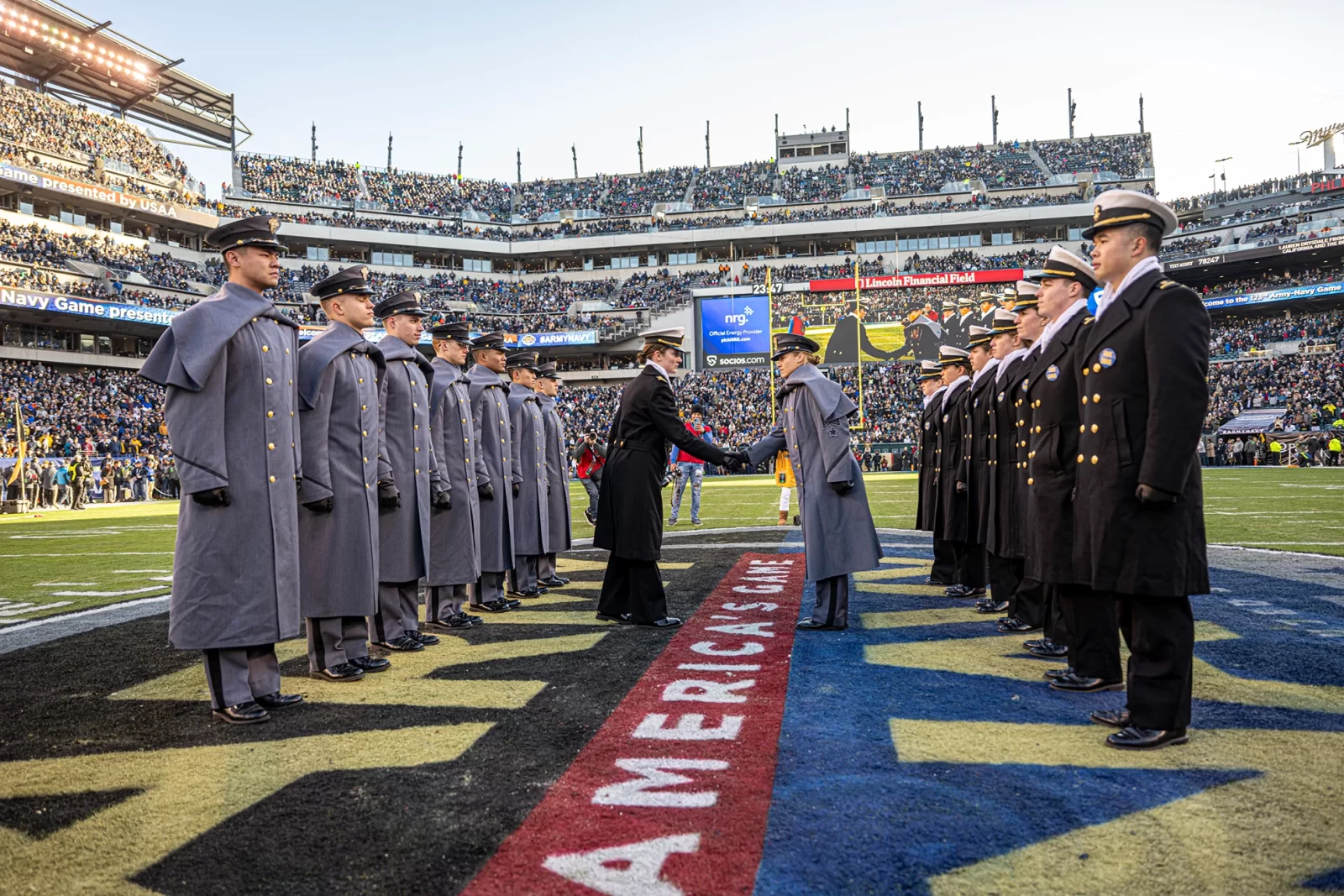
Unveiling the Secrets: Why the Army-Navy Game Lacks Influence in CFP Rankings
Despite its rich history and national significance, the annual Army-Navy football game has struggled to make a significant impact on the College Football Playoff (CFP) rankings. This apparent disconnect between the tradition of the game and its influence on the postseason has become a subject of debate and analysis.
Historical Significance and Cultural Impact
The Army-Navy game, played continuously since 1890, is one of the most storied rivalries in college football. With a combined 34 Heisman Trophy winners, the game has been a showcase for some of the greatest players in the sport’s history. Moreover, it holds deep cultural significance as a symbol of national unity and military service.
Competitive Imbalance and Lack of Strength of Schedule
One of the primary reasons for the Army-Navy game’s lack of influence on CFP rankings is the competitive imbalance between the two teams. Army and Navy are both members of the Football Bowl Subdivision (FBS), but they play in the Group of Five (G5) conferences, which are considered notably weaker than the Power Five (P5) conferences. This disparity in competition makes it difficult for either team to accumulate the same level of strength of schedule as P5 teams, which is a major factor in CFP rankings.
Scheduling Conflicts and Public Perception
Another factor that has contributed to the Army-Navy game’s diminished influence is its December scheduling. The game is typically held on the first Saturday after Thanksgiving, which conflicts with the regular season schedules of P5 teams and limits its exposure to a national audience. Additionally, public perception of the game as a rivalry rather than a championship-caliber contest may further reduce its impact on CFP rankings.
Diverse Perspectives and Debate
There are varying perspectives on the issue of the Army-Navy game’s influence on CFP rankings. Some argue that the game’s historical significance and cultural impact should be taken into account when determining its ranking influence. Others maintain that the competitive imbalance and lack of strength of schedule make it difficult to justify giving the game a higher ranking. This debate is likely to continue as the CFP rankings system evolves.
Implications of the Findings
The findings of this analysis have broader implications for the future of the Army-Navy game and the CFP rankings system. It raises questions about whether the CFP should consider factors beyond competitive balance and strength of schedule when determining rankings. It also highlights the challenges faced by G5 teams in gaining recognition and influence in the national college football landscape.
Conclusion
The Army-Navy game is a unique and cherished tradition in college football. However, its lack of influence on CFP rankings is a reflection of the complexities of the modern college football landscape. Factors such as competitive imbalance, lack of strength of schedule, scheduling conflicts, and public perception have all contributed to this disconnect. As the CFP rankings system continues to evolve, it remains to be seen whether the Army-Navy game will find a way to increase its influence and regain its place among the elite in college football.

You may also like
-
Jalen Hurts' Triple Threat: TDs Lead Eagles To Epic Steelers Victory For Undefeated Season
-
Unlock The Gridiron Extravaganza: Connelly's Bowl Season Blueprint For Epic Football Delights
-
Former Illinois Governor Altmyer Announces Grand Return In 2025
-
Unveiling The College Bowl Crystal Ball: Predicting Winners And Spread Odds For 2024-25
-
Illini Gridiron Welcomes Back Star QB: Altmyer To Return In 2025